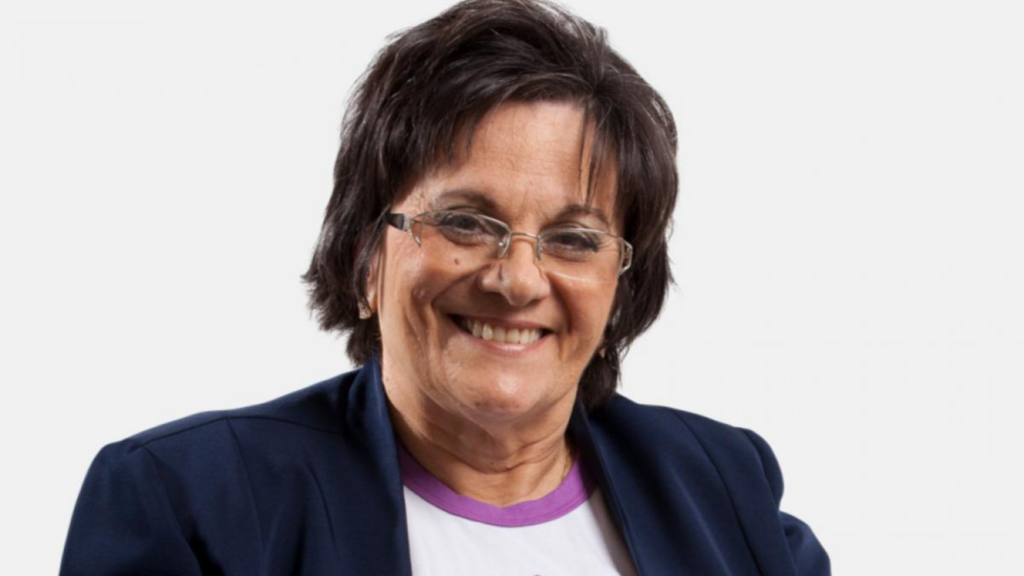Who is Maria da Penha?
Maria da Penha Maia Fernandes was born in Fortaleza, Ceará, in 1945. Her name became a symbol of the fight against domestic violence, of which she was a victim for decades. The attacker was Marco Antonio Heredia Viveros, to whom she was married and had three daughters.
ADVERTISING
Maria da Penha experienced a cycle of violence at home, but the situation worsened in 1983, when she was the victim of a double attempted feminicide. Marco Antonio shot her in the back while she was sleeping – this attack ended up leaving her paraplegic. To the police, Marco Antonio claimed that it was an attempted robbery. Maria da Penha spent four months in the hospital, where she underwent surgeries and treatments. Upon returning home, Marco Antonio tried to electrocute her while taking a shower.
The case had international reach in 1998, when it was reported to the Inter-American Commission on Human Rights of the Organization of American States (IACHR/OAS). However, it was marked by weaknesses in the Brazilian judicial system. It was only in 2002, more than 19 years after the crimes, that Marco Antonio was arrested.
When was the Maria da Penha Law created? What are your principles?
On August 7, 2006, then president Luiz Inácio Lula da Silva sanctioned Law No. 11.340, better known as the Maria da Penha Law. It has 46 articles distributed across seven titles. In short, its objective is to prevent and curb domestic and family violence against women. Other points covered are:
ADVERTISING
- Responsibility of society and public authorities so that all women can fully exercise their rights;
- Definition of types of violence (physical, psychological, sexual, property and moral);
- Assistance to women in situations of violence and prevention measures, as well as assistance by police authorities and social assistance for victims. (Maria da Penha Institute)
Curto Curatorship
- Find out how to report cases of violence against women (gov.br)
- Femicide and the incompetence that kills (Folha de S. Paul)

- Being a woman: death threats, rape and images linked to romanticism (Curto News)



